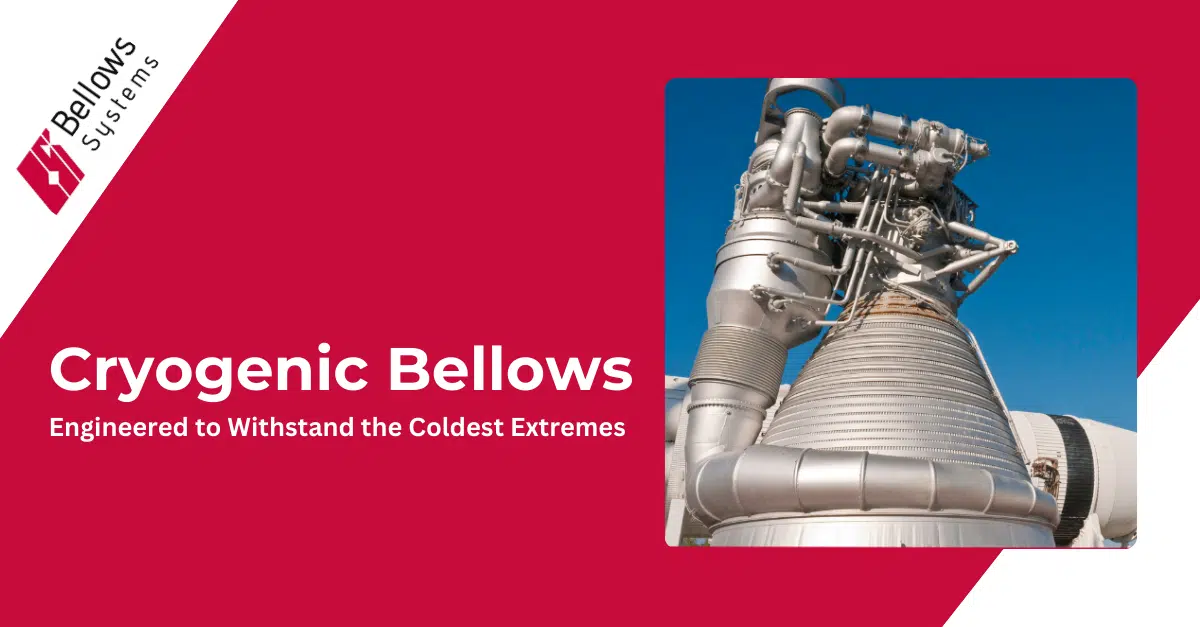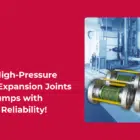When it comes to cryogenic temperature applications, the design and material selection for bellows become significantly more complex. Below we explore the key differences between bellows designed for cryogenic temperatures and those used in more standard conditions.
Material Selection:
Applications are generally considered “cryogenic” if operating temperatures are below -150°C (-238°F). Therefore, expansion joints must be constructed from materials that can maintain their mechanical properties at such low temperatures. Stainless steel is commonly used due to its ability to retain strength, ductility, and fatigue resistance at cryogenic temperatures. Special alloys such as Inconel or Hastelloy may also be used for their superior performance in extreme conditions, especially when coupled with high-pressure applications and/or corrosive working media.
Design Considerations:
Require additional considerations for absorbing thermal movement of a piping system, as the expansion joints’ surrounding components undergo thermal contraction at cryogenic temperatures. For applications that require minimal heat transfer between the expansion joint and its surroundings, multi-layer insulation is often included as well as special sealing techniques to minimize heat ingress, prevent thermal stress, and maintain the low-temperature environment.
Applications:
These joints are commonly seen in industries dealing with liquefied gases, such as LNG (liquefied natural gas) transport and storage, aerospace, and medical applications involving liquid nitrogen.
Conclusion:
The design of bellows for cryogenic temperature applications involves specialized materials, advanced design techniques, careful engineering validation, and often rigorous testing to ensure they can withstand extreme conditions. These differences are crucial for maintaining the integrity and safety of systems operating at cryogenic temperatures, highlighting the importance of tailored engineering solutions for such demanding applications.





